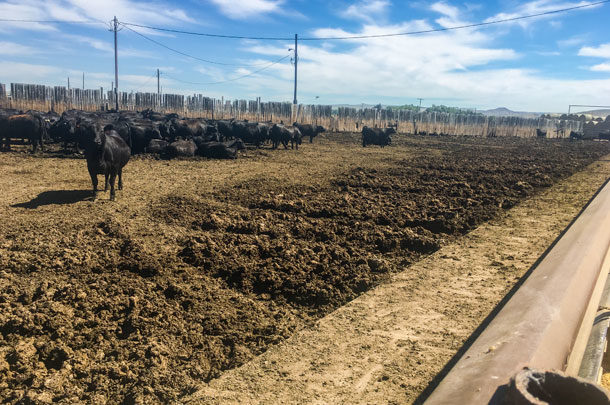For those who were alive during the '80s – regardless if you drank beer or not – I bet you remember the TV and radio ads that came with the emergence of light beer.
The classic commercial with the two opposing sides at a football game sticks out: one group of fans chanting for their team of “tastes great” and the other chanting “less filling.” For years, in grocery stores across the nation, you would see maybe six brands of beer of little variety manufactured by large companies and a couple of “white collar” beers, usually an import of some sort. About 20 years ago, microbrews started to emerge, largely consumed by the more affluent, while the masses still hung to the classic “commodity” beers. Today, when I walk into the grocery store, even in my little town of 1,000 people, there are more locally and regionally brewed beers than anyone could have imagined 20 years ago. Another change is that it is not just the affluent who are consuming most of these designer beers anymore; it is often the average Joe.
What does this have to do with cattle and beef? Glad you asked.
The parallel with the food industry as a whole is unmistakable. Twenty years ago, we’d occasionally hear about natural foods or organics as they were starting to become popular with the more affluent. Today, like the beer market, there is a growing demand for organic, grass-fed, locally grown, humanely raised, pink and purple, stress-free, gluten-free, fat-free, lactose-free, pasture-raised, rainforest-certified (yes, that’s all one label), you get the idea. The reality is things will more than likely continue in this direction for a growing percentage of the population, as people become more interested in where and how their food is raised. This is actually a good thing, as it creates more opportunities for producer-to-consumer relationships.
On the other hand, there are folks who buy meat based on price alone. There will always be a demand and a market for beef produced this way. It is upheld under the industrial model of production that has developed over the last 40ish years, because it is highly efficient from a resource and economic perspective and puts cheap beef on the plate for millions. How will this affect the cattle producer at the ground level? Let’s take a realistic look.
For those who produce under the industrial model, input costs will continue to rise, and prices will have little fluctuation. More pressure gets put on the producer to sell cattle at the cheapest possible price in order for the big meat companies to be competitive with meat alternatives. This is the only way the “Big Four” can continue to keep the market share and put meat cheaply on the table for those who are driven more by price of food than where it comes from and how it is raised. Forward contracts will continue to erode the cash trade yet make incomes more predictable and financing easier to obtain. Producers in this model will continue to select for big cattle that grow quickly and must be fed accordingly. At the ranch level, this will mean more reliance on vaccines, feed supplements, higher turnover in breeding stock (as most pasture and range environments can’t support the nutritional needs of these types of cattle), more anti-parasitic/fly control and whatever else it takes to raise cattle that perform to meet the industrial standard. As a result of the increased inputs, per unit margins will go down, therefore demanding the producer continue to expand and increase numbers or be forced out of business or to relegate producing to a hobby supported by outside income.
Many seem to feel this scenario is unsustainable for the long term because the ranch-level producer needs to produce the calves that ultimately go into the feedlot, so eventually something has to change. The reality is that every cow-calf, seedstock or stocker-yearling operator is expendable in this model of production. There will always be another person ready to take over for the one that went out of business and with a rising number of ultra-wealthy people buying ranches as a high-priced hobby or tax dodge, profitability is not as much a concern as it used to be. With government-backed loans available, banks are willing to make loans they never would have considered 50 years ago. If you go bankrupt, they just jump to the next one in line who wants to try and make a go of it. This model of production will undoubtedly continue for quite some time as it has the backing of universities and big agri-businesses that fund the research that keeps universities going. New entries in this production model will generally be difficult due to the amount of capital required for entry and will be under constant pressure to continue expansion.
However, there is hope for new entries and small farms and ranches: branded and designer beef production. We will talk about this next time ...
This article is Part 1 in a three-part series. Read Part 2 and Part 3.








